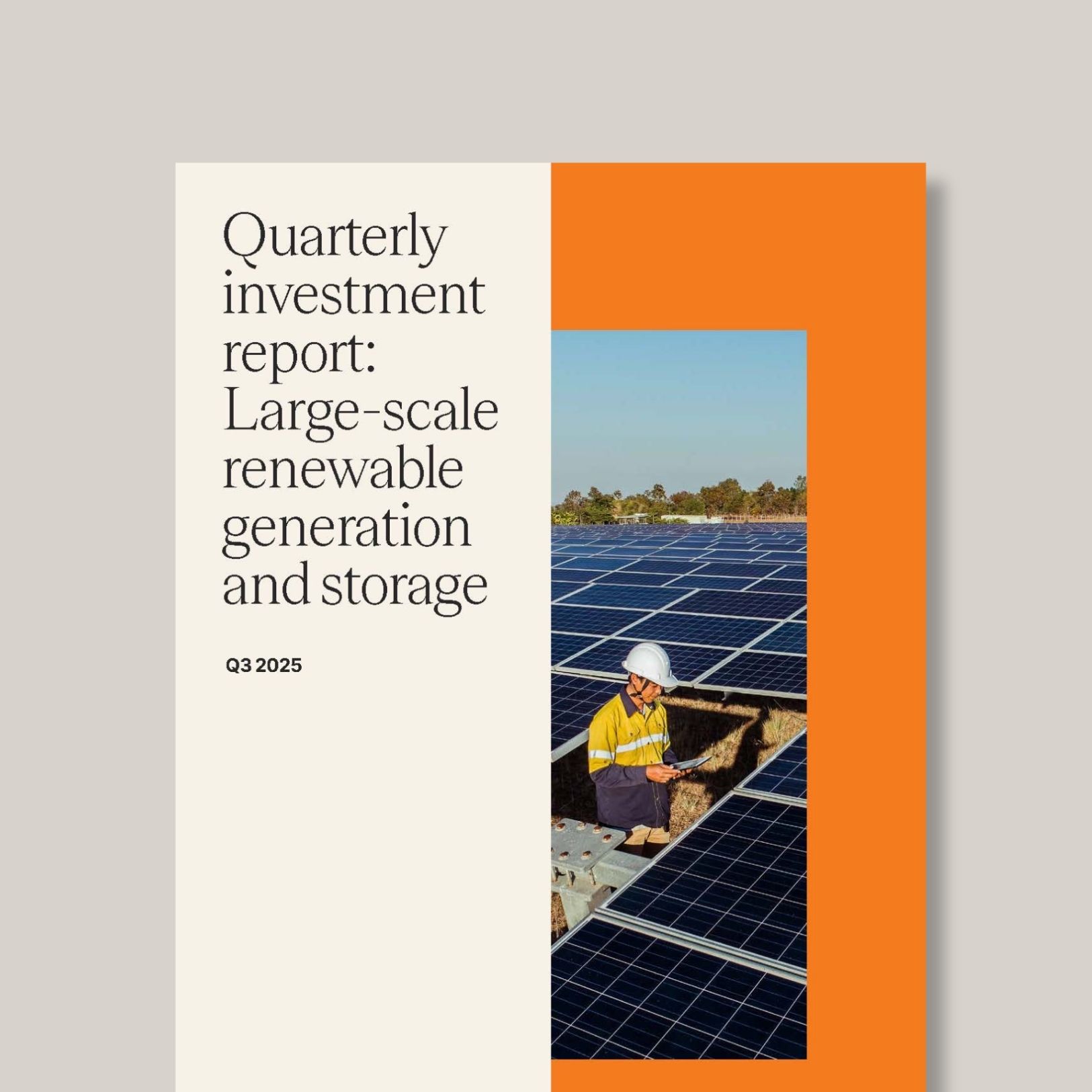There has been a bit of misinformation and misreporting on the Clean Energy Council’s approach to gas recently.
This is a complex and nuanced topic. But facts matter. See our statement below.
The Clean Energy Council continues to advocate for an energy system that is dominated by renewable energy and supported by a strong grid and backed up by a range of solutions including batteries, long duration storage and pumped hydro.
We recognise that gas-fired electricity generation will play a small but important role in Australia’s energy system for the foreseeable future. This is based on expert analysis and opinion.
The Australian Energy Market Operator (AEMO) states that, “As coal-fired power stations retire, renewable energy connected with transmission and distribution, firmed with storage, and backed up by gas-powered generation is the lowest-cost way to supply electricity to homes and businesses through Australia’s transition to a net zero economy”.
As coal-fired power stations retire, renewable energy connected with transmission and distribution, firmed with storage, and backed up by gas-powered generation is the lowest-cost way to supply electricity to homes and businesses through Australia’s transition to a net zero economy.Australian Energy Market Operator (AEMO)
Importantly, AEMO also projects that gas generation capacity (MW) will produce much less energy (MWh – actual output) than it does today, with a reduced capacity factor for any gas generation of around 7 per cent on average.
AEMO projects gas generation will play a narrower and more focussed role, providing rare but important coverage of seasonal shortfalls, as opposed to its current role in regularly providing peaking support. AEMO are currently forecasting gas-fired generation capacity is to increase from 11.5GW now to 15GW in 2050, including replacement of 9.3GW of the current capacity that is expected to retire over coming decades.
This is a relatively small amount of gas capacity when considered alongside the 135 GW of new large-scale renewable generation and the 56 GW of combined utility and distributed energy storage needed by 2050. The faster we can deploy clean energy and a range of storage solutions, the faster we can reduce our reliance on gas.
Having an over-reliance on gas would create significant risks and challenges for the energy transition and power prices. The CSIRO GenCost analysis confirms that gas-fired generation is high cost, exacerbated by the increasing exposure of the already concentrated Australian gas market to price shocks caused by geopolitical events, such as the war in the Ukraine. Clean Energy Council’s recent analysis of retail price impacts in the Impact of a delayed transition on Electricity Bills report showed power bills would be almost $500 higher for an average household per year if we dramatically increased our reliance on gas.
In the long term, the least cost and most reliable energy system will be powered by a suite of renewable energy solutions – wind, small and large-scale solar, hydro – combined with a more robust grid and various energy storage solutions including batteries, pumped hydro and emerging storage technologies. It is crucial that any gas policy does not undermine investor confidence or dilute price signals for investment in renewable energy generation or energy storage projects, which remain the primary asset class to deliver a reliable and secure supply of energy to Australians.




